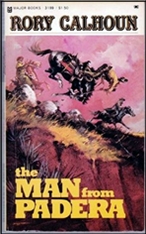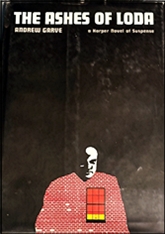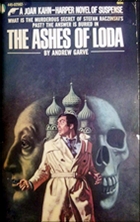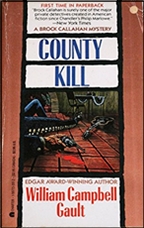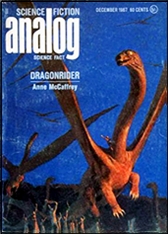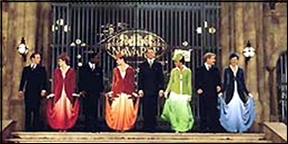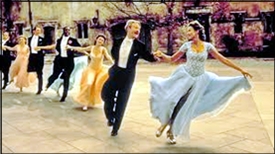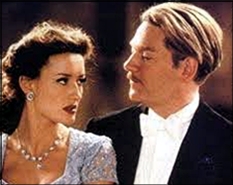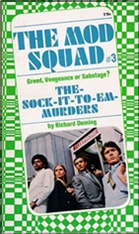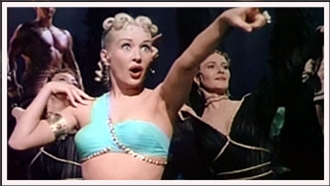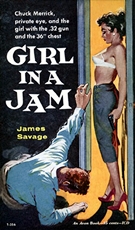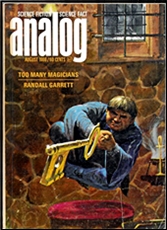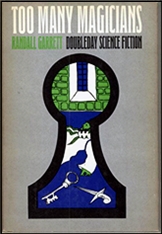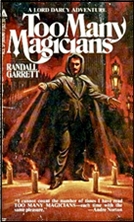REVIEWED BY DAVID VINEYARD:
GEOFFREY HOUSEHOLD – Face to the Sun. Michael Joseph, UK. hardcover, 1988.
I had never stolen anything in my life and so had none of the technique and experience of a pickpocket. I had been mad, I screamed to my panicking self, to trust beginners’ luck. Theft could not be so easy. I waited for the rush of an attendant policeman. I had flashed a vision of a waiting cell. I swear I could even hear the door close on me. Then I was through the exit, dripping cold sweat.
Our light fingered hero is a young Englishman Edmund Hawkins, a descendant, on the “wrong side of the sheets” of British privateer Admiral Sir John Hawkins, and while Edmund’s crime is committed in that most British of institutions, Harrods, like his ancestor he is in fairly short order going to by laying siege to the Spanish Main.
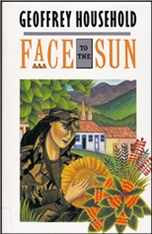
Personable and intelligent with a degree to his name his prospects seemed fairly good, starting his professional life earlier in a luxury Spanish resort, and then getting a fabulous job with the President of an African country who took a liking to him. But then he said the wrong thing to the wrong Chief of Police and he found himself no longer collecting his fabulous salary, fleeing the country with only the clothes on his back, and landing back in England with no money, no luggage, no family or influential friends, and no references.
When his stomach and spine start to get acquainted, he decides to try his hand at petty crime while his clothes are still respectable enough to give him a shot at getting away with it and spies two women at lunch at Harrods with a bag that a man could pass off as a valise.
At first he is quite pleased with the take, a tidy sum of cash, but then he notices what else is in the bag, a rather large emerald in a gold setting. At this point his life in crime starts to spiral out of control.
Face to the Sun is the final novel of legendary thriller writer Geoffrey Household whose career spanned from the 1930’s to the 1980’s with career highlights like Rogue Male, A Rough Shoot, Watcher by the Threshold, Fellow Passenger, The Courtesy of Death, Dance of the Dwarfs, Rogue Justice, and The Sending across that long period in the spotlight.
Final novels are, as lovers of books know, often troublesome things. Most of us have been burned by some favorite writer not quite being up to their best on their later outings, particularly that tricky last book. Raymond Chandler (who attended the same school as Household and P. G. Wodehouse and C. S. Forester, Dulwich) and Playback, Ian Fleming and The Man With the Golden Gun, Dorothy L. Sayers and Busman’s Honeymoon are examples. It’s an area filled with potential land mines, the writer’s age, health, just seeming out of date or out of step with the times, the creator sick to death of the creation, even reader expectations can all sabotage the process. Sometimes, as in the case of Chandler, age, health, drinking, grief, and the pressure to inject more violence and sex into his work all combined.
Luckily Household manages to bypass all that with an entertaining read in his picaresque mode, with a sort of Ealing Comedy crossed with Graham Greene style adventure, in the tongue in cheek mode of Fellow Passenger, The Life and Times of Bernardo Brown, Olura, and his short fiction such as “Brandy for the Parson”.
In short order Edmund will learn the women he stole the jewel from is the Evita-like wife of the Peron style dictator of a South American country and her daughter, Lady McMurdie. He will also quickly discover that the gem in question, la Punchada, is a treasured relic whose possession bestows with it the trust of the majority of the people. Lose the emerald, a copy of an Incan symbol, and lose the country.
After meeting with the women, who would rather no one knows it was stolen, to arrange a quiet bit of blackmail to restore his failed prospects Edmund finds himself kidnapped by the beautiful Teresa and the not particularly loyal opposition. He escapes from that and meets with Lady McMurdie’s Scottish archaeologist husband, Sir Hector, who admits he married his wife in part for money and suggests Edmund come along with them back to South America as a sort of baby sitter to the emerald.
Hector proves one of those familiar characters in Household’s fiction who is charming, likable, and not entirely honest about his motives, but then neither is our hero at every turn.
Edmund, thinking it might be safer than waiting to be captured and tortured again, agrees and finds himself caught in a three way revolution replete with a likable Communist, the dangerous but amorous Teresa, the President and his Wife, threats to life and limb, torture, and eventual status as something of a mix between a Conradian hero and a South American T. E. Lawrence, and at least one big friendly dog.
Household had one of the most successful careers in the genre over decades mixing a real gift for suspense with an eye for both terror and comedy. He delved in horror, fantasy, science fiction, and of course the thriller and never really left his comfort zone of the adventure story. His seven league boots as a younger man meant he was as comfortable in Spain, the Middle East, South America, and Africa as the English countryside, and his early reading of Stevenson, Conrad, and John Buchan meant his grounding in the novel of chase and pursuit and portrayal of one lone man pitting his wits against an army of pursuers was superior to most.
It is there, in the portrait of a man on the run, hunted yet determined to fight back that Household holds his own with Stevenson and Buchan the two Scots masters of that most feral of story. Grim, romantic, and wild in terrain and weather reading their work is an almost physical ordeal, best done in a comfy chair or bed while the winds howl outside. Nothing is quite as satisfying as nursing a warm drink while one of their protagonists suffers wet, cold, and fear in our stead.
The genre will not see the likes of Household, Canning, Innes, Lyall, MacKinnon, MacLean, Higgins, and Bagley again, I fear, but they left behind a small library of classic books, and Household managed to go out on the same professional high note that marked his career from The Third Hour (1937) to Face to the Sun (1988).
,
